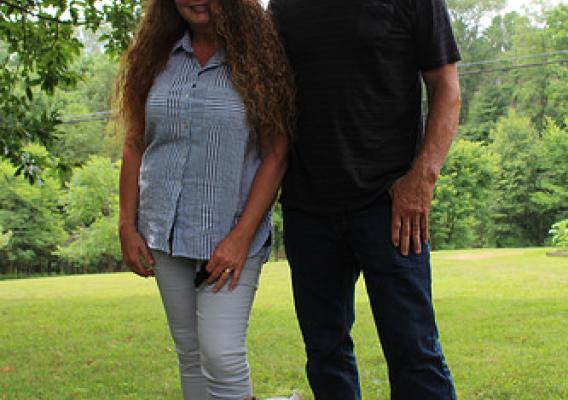NRCS thanks Steve for sharing his firsthand successes with cover crops. Our goal is to share ideas on how to implement soil health principles and cover crops on your farm. Steve Siverling has seen many benefits on his farm through the use of cover crops including increased soil structure and organic matter, less soil compaction and erosion, improved water holding capacity in the soil, improved quality of crop test weights and protein, less purchased fertilizer inputs, potential grazing during fall and spring, increased wildlife habitat, weed suppression, and breaks in pest cycles. “Steve is an active member of our NRCS farmer network with cover crops in Chippewa County and has done a great job networking with other farmers and helping NRCS advance the soil health movement one farm at a time,” said Tammy Lindsay, Chippewa County District Conservationist.
My name is Steve Siverling, and I plant corn, soybeans and a few small grains on 350 acres in northern Wisconsin. But what I am growing is soil health; I am a biological farmer.
I began my soil health journey and evolution to a biological farmer 20 years ago when I purchased 80 acres near my farm. The soil pH was low, around 5.5, and there was less than one percent organic matter. I couldn’t make immediate improvements to the land that would allow me to plant a crop that could tolerate those conditions, but I had to try something.










